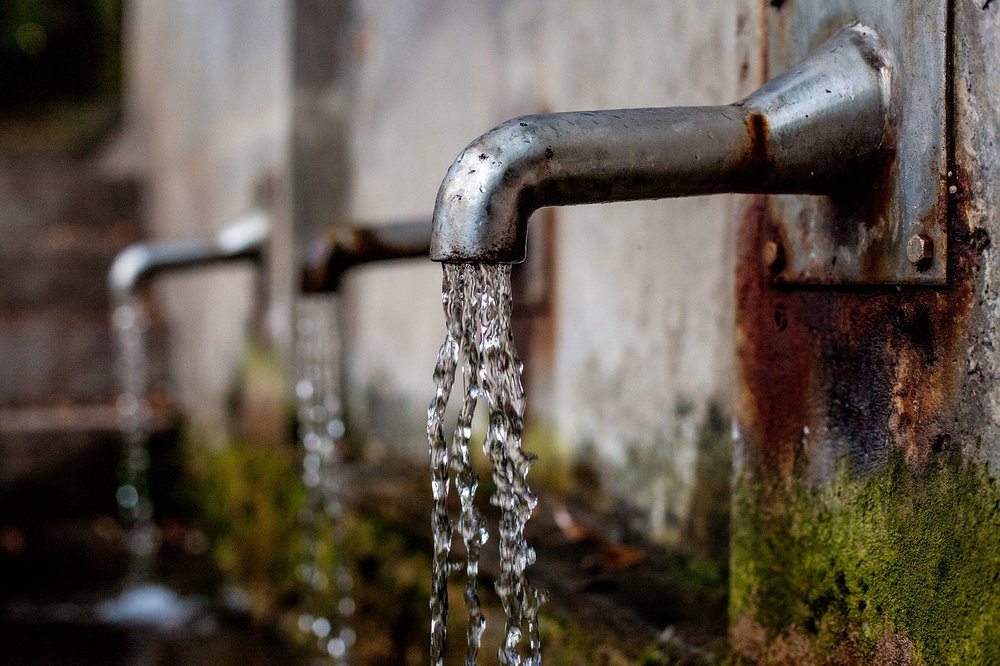Scientists from Washington University in St. Louis have found a new method to genetically alter bacteria and acquire super-strong spider silk. Farming spiders is incredibly inefficient and finding a way to mass-produce the material would bring us a step away from a ready supply of incredibly resilient fabrics. The method could clear the way for the production of other scarce proteins that could even be used for future space missions.
Even today, our best synthetic materials are no match for mechanical properties in some protein-based substances found in nature. For example, pound for pound, spider silk is stronger and tougher than steel. Unfortunately, we lack the knowledge to mass-produce many natural fibers. One new technology could change that. The researchers behind ithave presented their solution at the American Chemical Society (ACS) Spring 2019 National Meeting & Exposition.
“In nature, there are a lot of protein-based materials that have amazing mechanical properties, but the supply of these materials is very often limited,” Fuzhong Zhang, Ph.D., the project’s principal investigator, said in a press release. “My lab is interested in engineering microbes so that we can not only produce these materials but make them even better.”
Spider silk could be used for a variety of applications, ranging from bullet-proof fabric to surgical sutures, robotic muscles and music instruments, or even to replace plastic. However, spider silk is hard to farm. Spiders produce tiny quantities of the material, and they tend to eat each other when kept in groups. Therefore, scientists have tried to find other solutions. They have engineered bacteria, yeast, plants and even goats to produce spider silk. Among all these methods, they still have not been able to replicate all the mechanical properties of the natural fiber.
The problem lies in very long, highly repetitive sequences of DNA that code spider silk proteins. When scientists put this type of DNA into other organisms, the genes are very unstable, often getting snipped or otherwise altered by the host’s cellular machinery. On the other hand, spiders have evolved to cope with this problem. To get around those limitations, Zhang and colleagues broke the long sequences into shorter blocks that bacteria could handle and translate into proteins. Shorter proteins were later assembled into longer spider silk fiber.
The team introduced genes to bacteria that encoded two pieces of the spider silk protein. Each piece had a sequence called a split intein on its end. The researchers broke open the bacteria, purified the short pieces of spider silk protein and incubated them together. Fragments have joined together through the “glue” of the split intein sequence, which then cut itself out to yield the full-length protein. When spun into fibers, the microbial spider silk had exceptional strength, toughness, and stretchability.
With this new methodology, the scientists managed to manufacture two grams of spider silk per liter of gene-spliced bacteria. Although this is still a very small amount, it is a vast improvement over other attempts to mass produce silk. They are currently trying to increase the yield even further. It is important to highlight that this silk is as strong as the original spider silk.
The researchers can use this technique to make various repetitive proteins by putting other sequences into bacteria. For example, the researchers used the technique to make a protein from mussels that adhere strongly to surfaces. Their next goal is to “relocate” the protein-joining reaction on the inside of bacterial cells. The efficiency would increase drastically, the process itself will be faster, and the system could be automated.
Even NASA has recognized possible applications of the bacterial protein production system. It may want to bring the bacteria along on future missions to space, giving its crew members a new supply of materials for repairs. It is just a matter of time for this research to scale up, effectively eliminating the problem of limited silk quantity.
“NASA is one of our funders, and they are interested in bioproduction,” said Zhang. “They are currently developing technologies in which they can convert carbon dioxide into carbohydrates that could be used as food for the microbes that we are engineering. That way, astronauts could produce these protein-based materials in space without bringing a large amount of feedstocks.”
Learn more interesting facts about spider silk in the video below:
By Andreja Gregoric MSc










